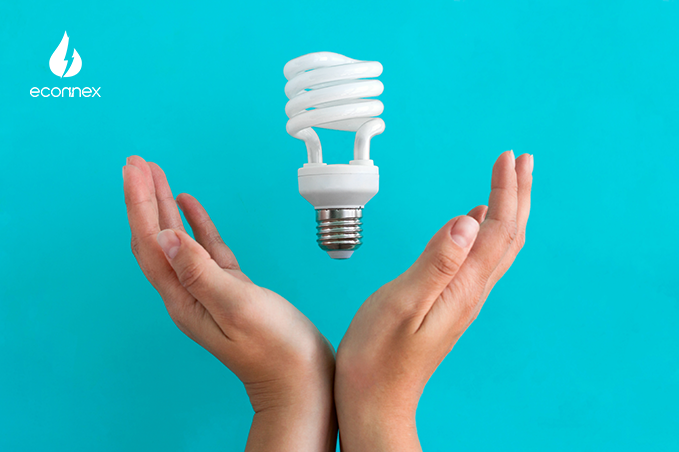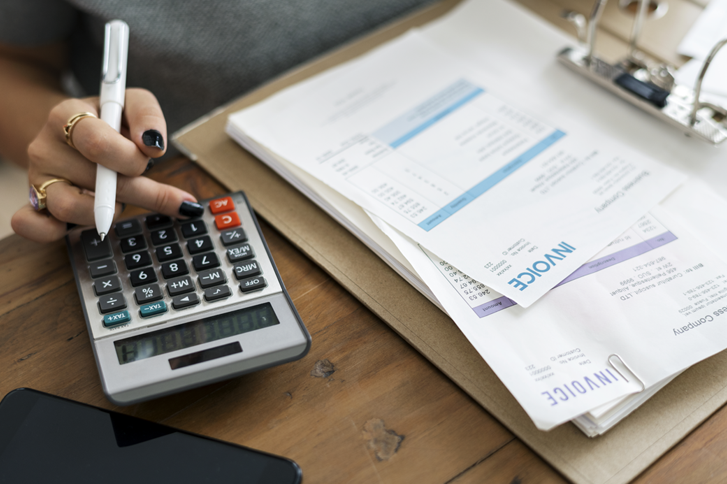The battle on the NEG is far from over

Published on 02/09/2023
By Salonika Singh
Energy Comparison
On August 9, 2018, states agreed to let NEG go out for consultation, provided that the energy minister, John Frydenberg emerges with an agreement from his party room colleagues next week on the emissions reduction components of the scheme. This approval is only on its preliminary level, it should undergo additional negotiation before the federal approves it.
The required state legislation will go out to the stakeholders if Frydenberg overcomes objections from Tony Abbot, the former prime minister, and others. Frydenberg is ready for the review of the emissions reduction target he has proposed in 2024.
“Victoria will only support the NEG if the following conditions are met: emissions reduction targets can only be allowed to increase over time and never go backward; future targets will need to be set by regulation; the targets will need to be set every three years, three years in advance; and the establishment of a transparent registry, with access by regulators and governments to ensure the Neg is working in the best interests of consumers” said Lily D’Ambrosio, Victorian energy minister.
Shane Rattenbury, the ACT’s Climate change minister said, “We are going to need some flexibility on the part of the Commonwealth”. While Cameron Dick, the Queensland state’s resources minister said that the current emissions target of 26% was “inadequate”.
On August 13, 2018, Frydenberg secured seven members of the committee voted in favor of the commonwealth components of the scheme going to the much-anticipated Coalition party room for consideration on August 14, for debate on NEG. This will be a challenge for Frydenberg to face his government colleagues due to lack of firm in-principle agreement from the states. He is seeking a party room signoff for the emissions reduction component of the scheme.
The government will need Labor’s support to legislate, on the other hand, the opposition will try to amend to the proposal to increase the degree of ambition from the current level of a 26% emission reduction cut by 2030.
According to Abbott if the legislation was passed, the government would be implementing a policy focused on reducing emissions, not on reducing power prices.
On August 14, 2018. Turnbull Government’s NEG has garnered support at the Coalition party room. The state and territory energy ministers permitted legislation required to have NEG go out for consultation.
Abbott continues to lead an internal rebellion on the proposal as they debated on the emission reduction components of the scheme. After a “good debate”, the majority of the MPs spoke in favor of the NEG, 10 MPs, reserved their right to cross the floor until the legislation comes to parliament.
Josh Frydenberg added that the NEG is expected to reduce “the household average family’s power bill by $550 a year and even more so for business.” He also added that this will provide cheaper and more reliable energy “and at the same time, of course, meet our commitments to reduce emissions in accordance with the Paris Agreement.”
At a press conference after the party room discussion, Malcolm Turnbull said, “The Labor party has to decide whether they want to support cheaper and more reliable electricity”.
In social media, Abbott publicly announced the leaking that took place while the Coalition party room debate was still underway.
An exposure draft of the proposed changes to National Electricity Law that will implement the NEG has now been released for stakeholder consultation. Submissions are due by September 12.
Turnbull hopes the policy will be legislated before the year ends.



